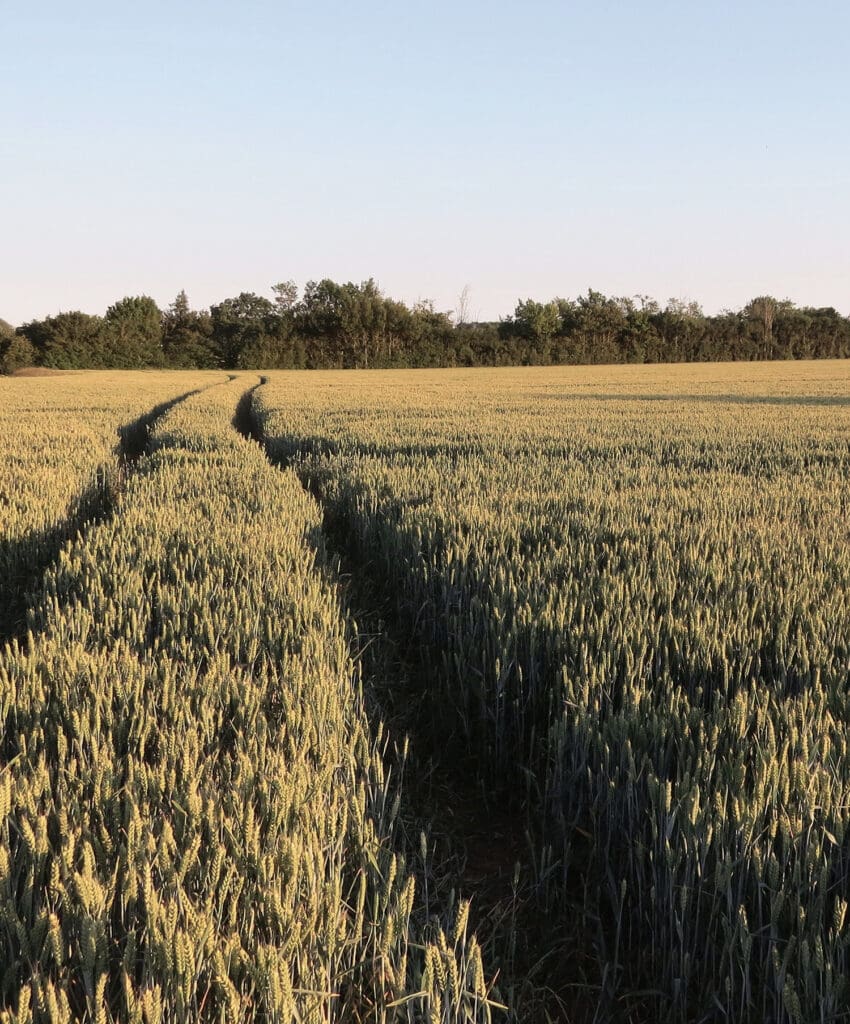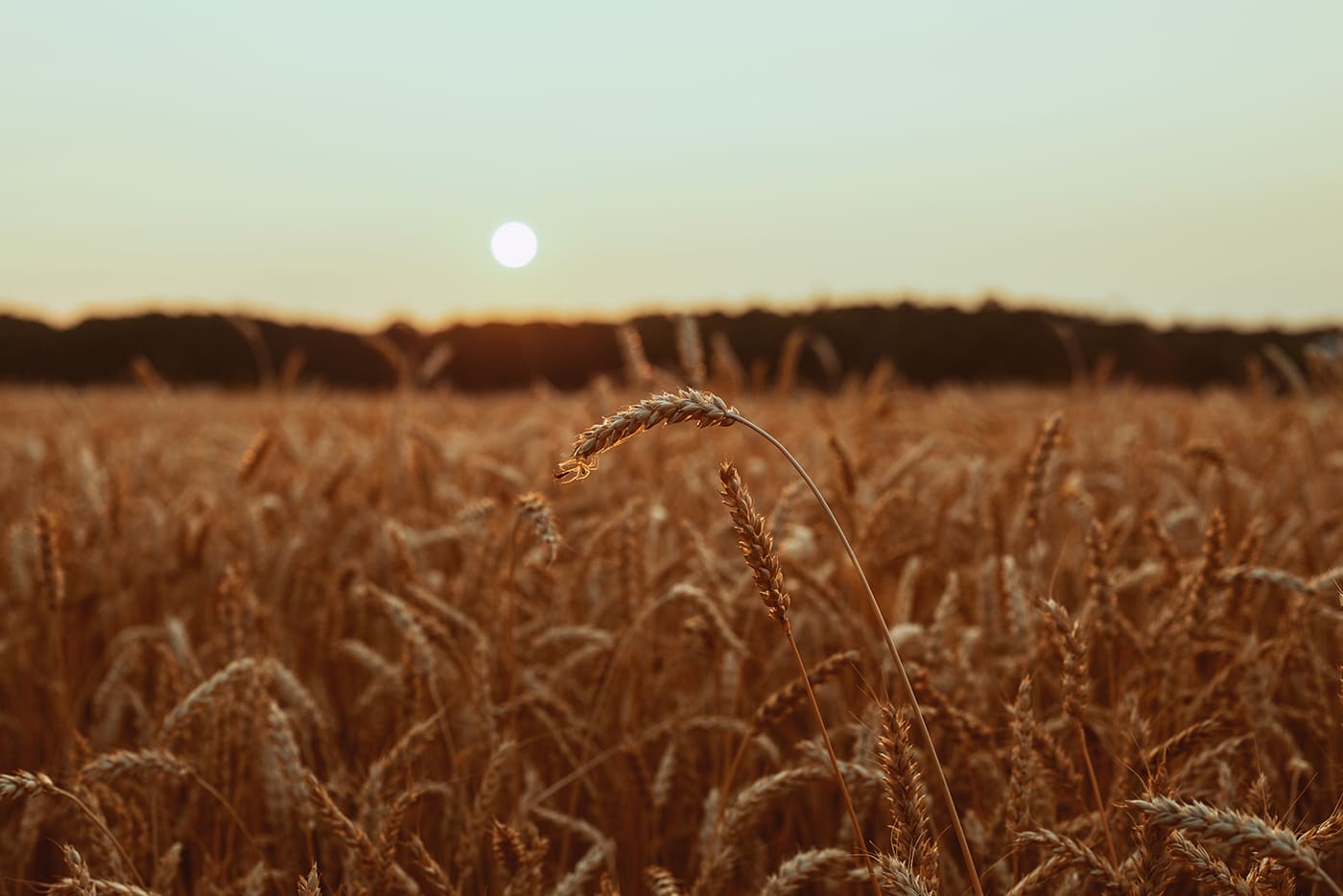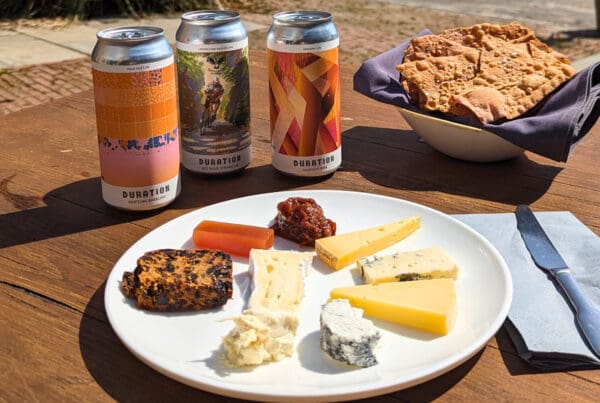Norfolk and rural France have more in common than you might think. Both feel splendidly detached from urban life. Both have a special relationship with the land. It takes longer than it really should to get from place to place. You simply can’t be in a hurry in Norfolk or rural France, but that’s not such a bad thing. Better just to let the tractor in front set the pace (until the road widens, at least).
The French word ‘terroir’ also feels particularly apposite to the vast tracts of farmland and pasture in this bucolic corner of England. Terroir isn’t a word you hear often (unless you’re a sommelier, in which case, it’s entirely appropriate and not at all pretentious). A little like ‘joie de vivre’ perhaps, it’s a concept the French have an instinctive feel for. The English, however – the straight-talking lot that we are, don’t have any such term. Maybe the two are linked – there’s a lot of joy to be found in a deep appreciation of the land.

Loosely translated as everything about the natural environment that gives a wine its distinctive character, it’s the combination of elements that makes something unmistakably ‘of its place’. Could it be that terroir isn’t just for wine? (with apologies to oenophiles).
There are a handful of vineyards in Norfolk (one, Burn Valley, is just down the road from The Harper). The climate here is one of the driest in the UK, and when continental heat drifts to our shores, it builds in the east, away from the moderating effects of the Atlantic.

But there are also a bevy of craft brewers, producing some of the tastiest ales in England whatever the weather – and in the middle of Norwich, a particularly fine gin producer. You’ll recognise Norfolk Gin by its distinctive (and increasingly covetable) white ceramic bottles, hand decorated and ideal for upcycling when the last drop runs dry.
Terroir is something innately understood by Derek Bates and Miranda Hudson, co-founders of Duration Brewing. Typical of the small, independent producers Norfolk is known for, the brewery at Abbey Farm looks and feels every inch a labour of love – the gleaming stainless steel vats and fermenters giving a new lease of life to an ancient flint barn.
‘Beers that belong’ says it all of this farmhouse brewery’s field-to-glass philosophy. When you down a Duration beer, you’re drinking in the land. But this is also a thoroughly modern enterprise, with sharp, against-the-grain (excuse the pun) aesthetics and an admirable vision to create more than just a craft brewery – this is about bringing new opportunity to an otherwise quiet backwater in the form of education, jobs and skills. You can sample a selection of Duration’s fine pale ales and hoppy pilsners at The Harper. One or two beers in, chances are you’ll want to make the 40-minute trip down to Abbey Farm the next day to stock up (just turn right at Castle Acre on the road south to Swaffham, and you’ll find it in the meadows of the River Nar at West Acre).

Also on The Harper’s drinks list: Barsham’s Norfolk Topper, and the amusingly named Bitter Old Bustard (commonly abbreviated to B.O.B.) – named not after the grimacing old fella nursing a pint in the corner of a village local, but after the Great Bustard bird once a familiar sight in these parts.
North Norfolk’s unique terroir – fertile soil, sea air and an agreeable micro-climate – blesses it with some of the world’s best malting barley (Maris Otter, to those in the know), and it shows in Barsham’s crop of exquisite bitters and ales. The Soames family have been farming the West Barsham Estate near Fakenham for generations, so the array of awards they’ve won for Barsham Beers isn’t surprising.
Less well-known, but no less worth sampling, the beer of the Norfolk Brewhouse in nearby Hindringham also draws on the area’s remarkable natural assets (and chalk-filtered water from its own well) to produce its Moongazer and StubbleStag ales.
There can be few more appealing theories to test than this – that the relationship between taste and place isn’t limited to the world of winemaking. The work has already been done, however (a year-long US study in 2019 ‘proved’ it – who knew?). And so, as the craft beer movement continues apace, mentioning ‘terroir’ in a taproom today isn’t so likely to be met with bemusement.
If a hotel could exhibit terroir, we’d hope it could be said of The Harper. Brick and flint, with a terracotta-tiled roof, Norfolk lavender in The Yard and interiors that nod to its illustrious past as home to Langham Glass – it’s a place that exudes, well, a sense of place.
We’ll drink to that.






